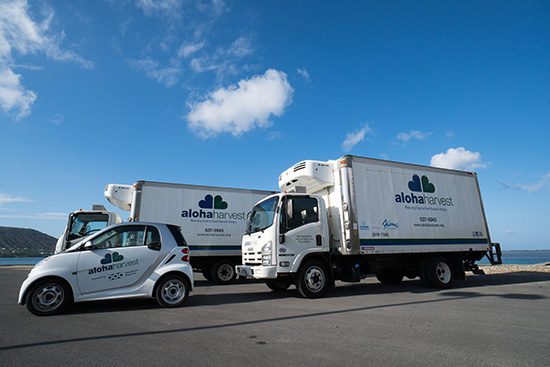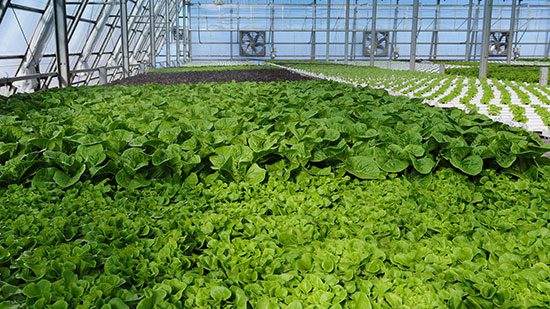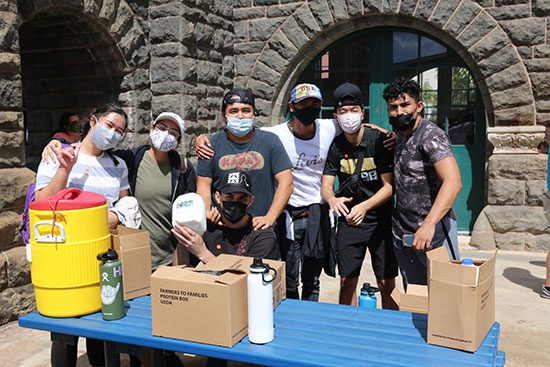
In the early 1900s, there were about 360 fishponds in Hawai‘i, with O‘ahu having the most due to its population size. The He‘eia loko i‘a (fishpond), located in Kāne‘ohe Bay next to He‘eia state park, is unique in its location, organization and design.
He‘eia is known for having one of the longest kuapā (wall) of any fishpond in the islands, encompassing 88 acres and measuring about 1.3 miles, and is one of the only fishponds that is a complete circle. On each side, there are three mākāhā (sluice gates) that allow the flow of water in and out of the pond. Salt water comes from Kāne‘ohe Bay, and fresh water comes from the He’eia stream.
The walls are also special. Their sides are mainly volcanic rock, but their insides are a mix of coral, dirt and sand. Double wall construction like this is rare and difficult and required the help of hundreds or possibly thousands of Hawaiians working together to complete such a project.
Since 2001, the non-profit organization Paepae o He‘eia has been steadily working to restore the pond and to provide a learning environment that interweaves ancient Hawaiian techniques from traditional fishponds with the communities of Hawai‘i.
Co-founder Keli‘i Kotubetey said that one of the organization’s most recent accomplishments was when it restored a wall in 2015 that was damaged from a flood that happened 50 years prior.
“This was what signaled a shift where we could really focus on the aquaculture aspect of the pond,” he said.
The organization is also committed to education, hosting about 10,000 people annually through various community workdays. A third of participants are students coming with their schools. While most of the school visits are one-time occurrences, some schools come back frequently.
Hālau Kū Māna in Makiki, for instance, brings its 7th graders every week and utilizes the fishpond as its science classroom. The Hawaiian studies department at UH Mānoa also offers a 300-level “Malama Loko I‘a” course in which students meet once a week to learn about traditional fishpond management through lectures and hands-on experiences that give them the opportunity to learn from the perspective of ancient Hawaiians.
Ian Masterson, who is the instructor/coordinator of Hawai‘i Ocean Education Academy at WCC, said that the rejuvenation of the fishpond is one way to create a more sustainable island ecosystem.
“The efforts at Paepae, Waihaukalua, and Moli‘i up in Kualoa to restore and refurbish these ancient aquacultural feats are under-recognized, because they represent the ability for our own community to sustain itself in times of need, especially if the boats of food stopped coming for some reason,” he said.
by Lou Krahe, Ka ‘Ohana Staff Reporter





